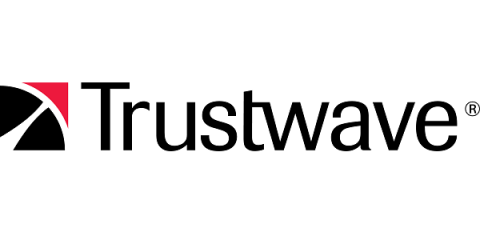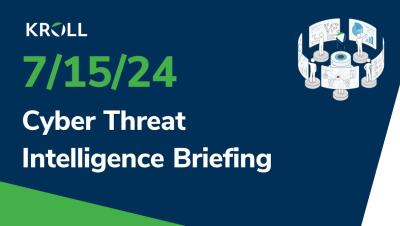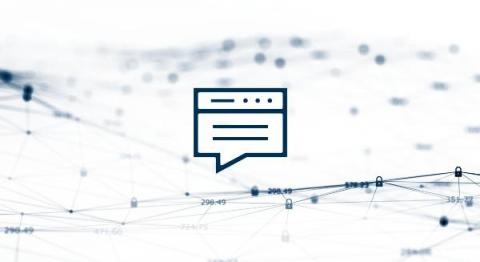Latest AT&T Data Breach Highlights the Need to Double Down on Cybersecurity Basics
AT&T reported on July 12 that an internal investigation had revealed that the telecommunication provider had been victimized by a third-party breach,resulting in the compromise of records of calls and texts of nearly all of AT&T’s cellular customers. An AT&T spokesperson confirmed to a news source that the breach resulted from of the data stolen from cloud storage firm Snowflake.











